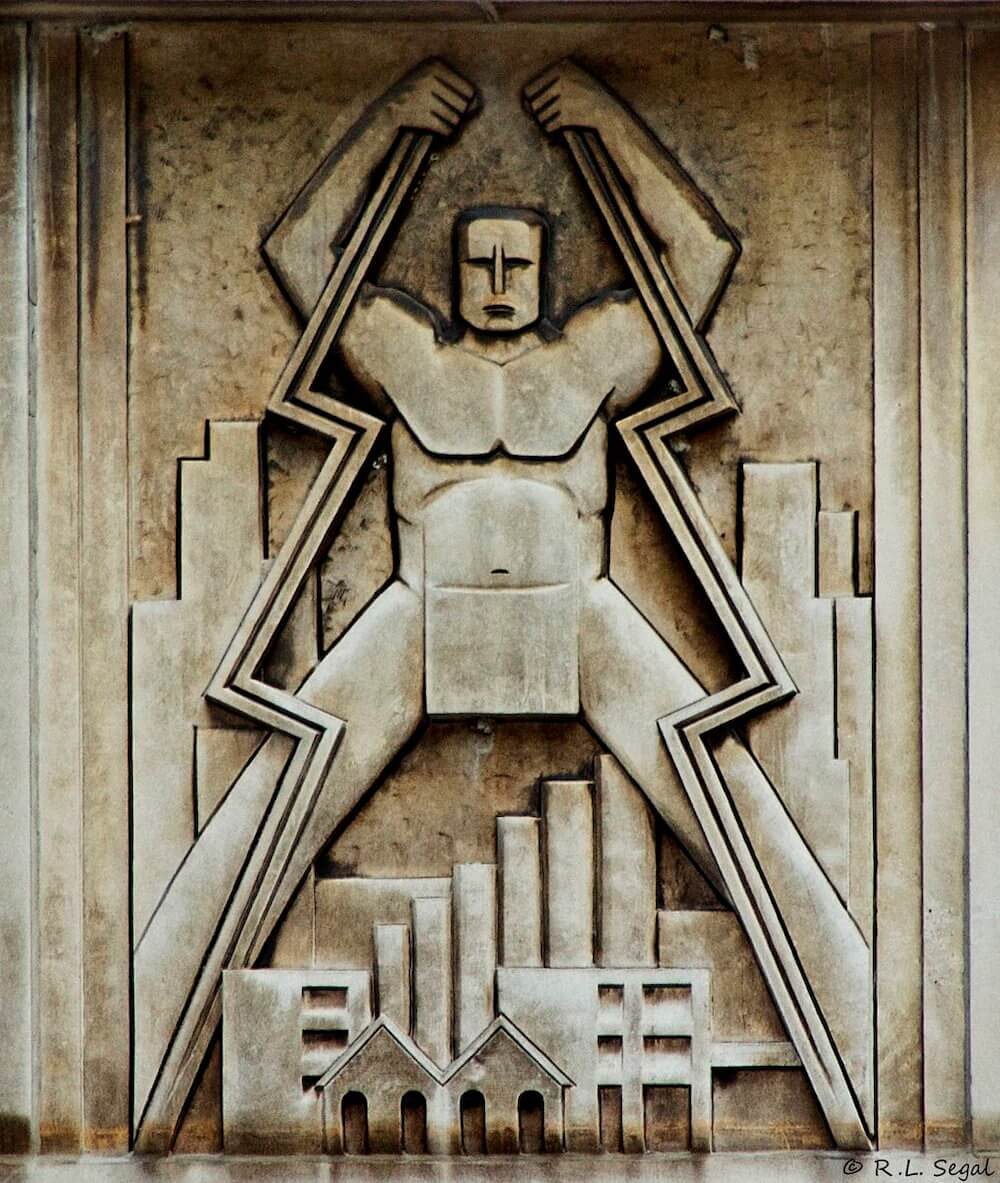How Art Deco put visuals before philosophy
A hundred years later, we are still fascinated with Art Deco's elegance and modernity. But what is the secret of its everlasting charm?

Art Deco: the child of the 20th century
Even if you are inept at arts, there is one example of the Art Deco style that you’ve certainly seen. The legendary Oscar statuette was created in 1928 by Cedric Gibbons, art director at MGM movie studio.

Apart from that, Art Deco has inspired the design of a vast array of objects: from colorful advertisements and magazine covers to functional items such as clocks, furniture, jewelry, flatware, cars, and even ocean liners. It is visually pleasing but not intellectually threatening; unlike its earlier counterparts Art Nouveau and Cubism, it had no philosophical basis and was purely decorative.
Art Deco flourished in Paris in the 1920s, and in the following decades, it manifested within architecture, sculpture, painting, and decorative arts around the world.
The name of the style was coined in the 1960s after the name of a great exhibition that took place in Paris in 1925. “Exhibition of Modern Decorative and Industrial Arts” was shortened in French to Arts Décoratifs or Art Déco. The goal of this exhibition was to challenge the hierarchy of the visual arts and prove that decorative arts are as valuable and meaningful as classical painting and sculpture. The Art Deco exhibition featured over 15 000 artists and designers, and it was a huge success: in seven months, it hosted more than 16 million visitors. It also was the catalyst of the Art Deco movement.

In general terms, Art Deco represented modernism turned into fashion. It blended arts with the craftsmanship and found its use primarily in textile, interior, furniture, fashion design, and architecture.
The Art Deco laid roots in the buildings of Paris and New York, but also of Sydney, Havana, Mumbai, and Jakarta. Less strongly, this style can be found in painting, sculpture, and graphic design.

If you were to name one painting as the epitome of Art Deco—look at Tamara de Lempicka’s portraits of European nobility of the 1920s. Her works balance a thin line between fine art and graphic design. A typical thing for Art Deco.
Read on to learn the features that would help you to recognize Art Deco, as well as the style’s historical roots in ancient cultures.
How to recognize Art Deco?
Whereas the Art Nouveau style (1880–1910s) derived its intricate forms from nature and eulogized the merits of the hand-crafted, the Art Deco aesthetic played up machine-age sleek and streamlined geometry. Art Deco was also called the “Cubism Tamed,” referring to its fascination with fragmented, abstract forms without going to extremes.
The Art Deco works are symmetrical, balanced, often simple, and pleasing to the eye. They frequently use zigzagged, trapezoidal, triangular shapes, stepped forms, chevron patterns, sweeping curves, and sunburst motifs. The distinguishing features of Art Deco style are simple, clean shapes, and its main visual characteristics derive from repetitive use of parallel lines, linear and geometric shapes.

The Art Deco aesthetics was careful to balance splendor and practicality. Bright, lavish colors are synonymous with this period, but all in all, American Art Deco is less ornamental than its European counterpart. In both versions, characteristic motifs involved sun rays, animals, nude female figures, and foliage, all in conventionalized forms.
But if the formative influences on Art Deco were recent Cubism and Art Nouveau movements, the decorative ideas mostly came from the ancient cultures.
